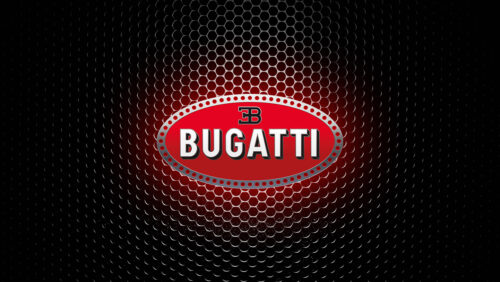BUGATTI TYPE 35: THE MAKING OF A CHAMPION
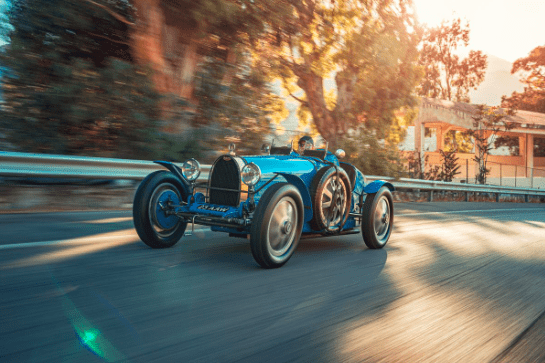

Setting the blueprint for all Bugatti cars that followed, the Type 35 was designed and engineered like no other, and featured world-firsts to ensure unmatched dynamics, agility and performance. Despite these inherent qualities, the car which would go on to become the most successful racing car of all time didn’t get off to the best start to its illustrious career at the 1924 Grand Prix at Lyon-Givors.
With the characteristic vision and flair that was the hallmark of every project he turned his hand to, Ettore Bugatti ensured that his Type 35 was a true thoroughbred race car. To drivers and spectators alike, just one admiring look at the beautifully proportioned eight-cylinder machine was all it took to see that it was the very embodiment of form defining function.
Yet the Type 35 – which would claim over 2,500 victories and podium finishes during a career spanning more than 10 years – did not always have everything its own way. In fact, its competition debut was fraught with challenges. Five Type 35 were entered in the 1924 Grand Prix at Lyon, a race held by the Automobile Club de France over 35 laps of a 23.1 km road circuit. A sixth – the original prototype – was kept in reserve.
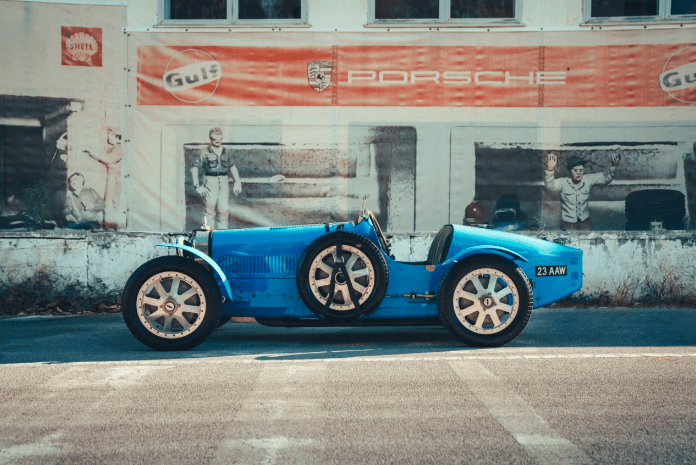
The cars were driven from Molsheim to Lyon without encountering the slightest problem. During practice stone guards in front of the radiator and a cowl in front of the driver were fitted along with a thermometer in the radiator cap, but no issues or concerns were raised. And so, once the race was underway, drivers Jean Chassagne, Pierre de Vizcaya, Leonico Garnier, Ernest Friderich and Bartolomeo “Meo” Costantini could not have foreseen the difficulties they’d face.
But it wasn’t the car itself which had the first issue on track: the special tires made for the Type 35 would prove troublesome, with the first failure occurring on the very first lap, on de Vizcaya’s car. Worse was to come for him on the third lap, when a tread separated from the sidewall, setting a precedent for the drama that would unfold in front of the 100,000 spectators lining the route.
Further failures occurred, sometimes combining with sheer bad luck. Sections of tread which had come away from Chassagne’s tires became entangled in the steering, while Constantini – who also had cooling problems because of leaks from a soldered joint in the radiator overflow pipe – suffered the misfortune of a piece of tread wrapping around the gear lever. This bent the lever, and also meant Constantini couldn’t select 2nd or 4th gear, resulting in damage to the gearbox, and, ultimately, his retirement from the race. He was rewarded with the fastest lap at least, demonstrating not only his courage, determination and skill, but also the Type 35’s inherent qualities.
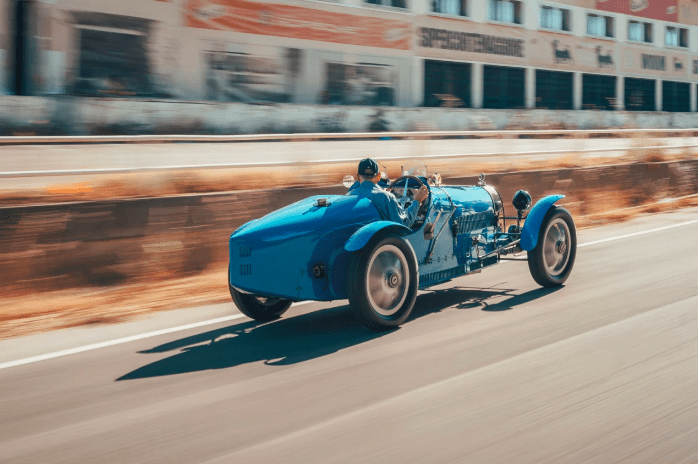
But more bad luck lay in store for the Bugatti team. Several other drivers had to retire as the race progressed, with Chassagne, the highest-placed of them, finishing in seventh. Investigations after the race revealed the tire problems were caused by manufacturing defects. They had not been vulcanized properly – the process in which they are heated to give the finished tire its desired properties. As a result, they could not withstand the stresses imparted by racing.
Though not a test Ettore Bugatti would ever have wanted, the failures did prove the strength of Type 35’s innovative lightweight cast aluminum wheels. Reporting on ‘Lessons of the Grand Prix’, following the Lyon race, The Motor observed that: “Contrary to expectations, these not only stood the race, but showed no signs of the terrific battering which they must have received through a large amount of running on the rim, caused by the bursting of the tires.”
Following a change of specification and supplier, Ettore Bugatti wrote in a letter that he’d driven 520 km from Strasbourg to Paris in a Type 35 fitted with the new tires – at an average speed of nearly 100 km/h. Convinced of the car’s fundamental integrity, and that success would surely follow, he went on to state that: “Ten of these cars have been built. They are almost all sold to customers. Some are already delivered and are a joy to their owners. One can use them as easily in town as in any race. I hope on the next occasion to make a better demonstration of the quality of my construction.”
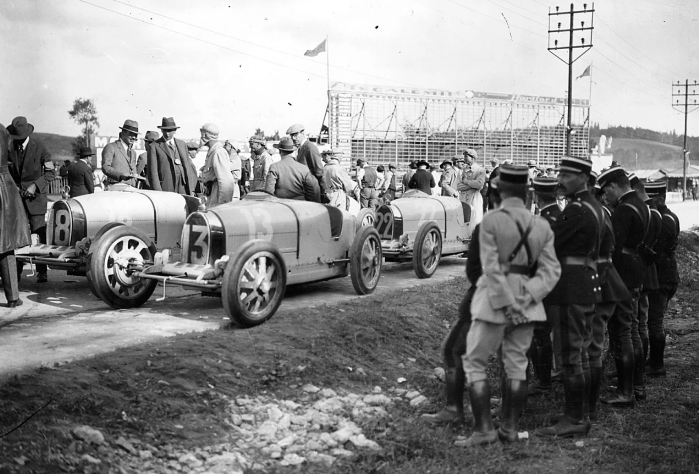
That opportunity came at the Grand Prix in San Sebastian. This proved a much more successful outing, with Constantini once again setting the fastest lap, and going on to second place. With the teething troubles behind it, the Type 35 quickly evolved into an unrivaled race winner. There was no stopping Bugatti now.
Success on the circuit was just part of the iconic car’s achievement: it was commercially successful too, enabling Bugatti to sell the Type 35 to customers after race-winning weekends. As its legend grew, it was further improved through a series of enhancements making it more powerful, more agile, and even more competitive. The stage was set for what would become the most successful race car of all time.


